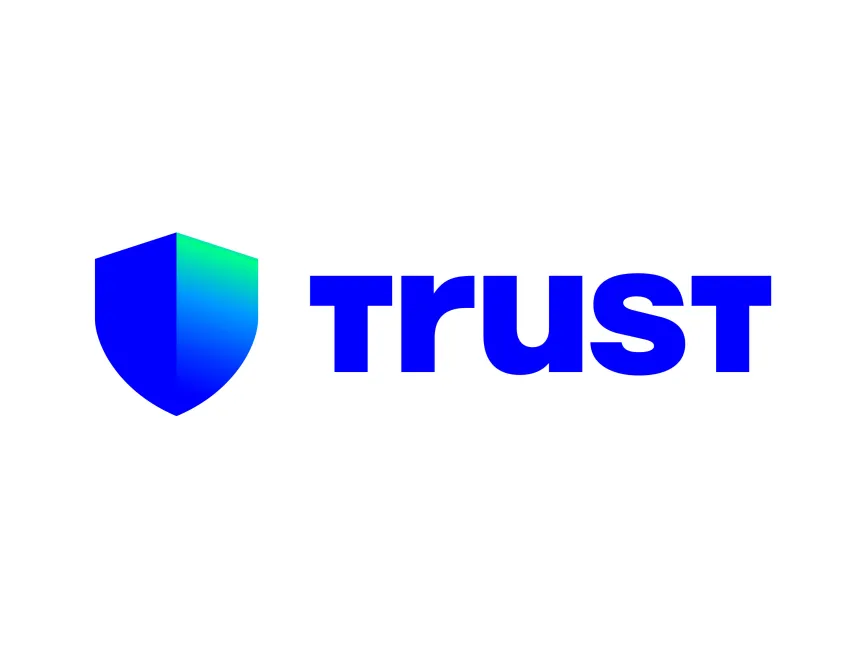Okay, so check this out — I’ve been fumbling around with my crypto wallets lately, toggling between my phone and laptop, and honestly, the experience was kinda clunky at first. Seriously? How hard can it be to keep your wallets perfectly in sync across devices? Well, turns out, it’s not as straightforward as you’d think. Mobile and desktop wallets often feel like they live in parallel universes, making it a headache to manage your digital assets seamlessly.
At first glance, syncing sounds like a simple task: just mirror your wallet data, right? Nope. My instinct said there’s more under the hood. The real trick lies in secure transaction signing paired with smooth synchronization — without compromising your keys or privacy. Here’s the thing. When you’re hopping from mobile apps to desktop browsers, you want everything to just work. No fuss, no confusion.
So, I dug deeper. And found out that multi-chain DeFi users, especially those browsing on different platforms, often run into issues where transaction states don’t match or require repetitive approvals. That’s annoying. Really annoying. But wait — it gets better: recent wallet extensions, like the trust wallet extension, have started bridging the gap effectively.
Wow! I mean, the idea of a wallet extension that syncs with your mobile app, keeping your DeFi activities consistent, is a game changer. Initially, I thought these extensions were just another browser add-on gimmick, but after testing, I realized they actually simplify cross-device workflows quite a bit. There’s still some quirks, though — nothing is perfect in crypto land.
Now, why does this syncing thing matter so much? Imagine you’re on your laptop signing a big transaction, but your phone’s wallet is out of sync — you could miss notifications or worse, accidentally approve something fishy because you’re confused by conflicting info. Not cool. This risk amplifies with complex multi-chain setups where assets live across different blockchains.
Let me be honest, it bugs me how some wallets still treat mobile and desktop as separate islands. On one hand, mobile wallets are super handy for quick checks and small trades. On the other, desktop wallets provide better interfaces for in-depth portfolio management. But without proper synchronization, juggling both feels like spinning plates.
Speaking of spinning plates, here’s an interesting tidbit: transaction signing is the unsung hero of wallet synchronization. It’s the moment where your intent meets blockchain reality. If your device isn’t synced, the signature might get rejected or delay confirmations. That’s why extensions like the trust wallet extension focus heavily on seamless and secure signing across devices.
Okay, but how does this work technically? Well, the wallet extension acts as a bridge, syncing encrypted wallet states and pending transactions between your phone and browser. This means you can initiate a transaction on mobile, then review and sign it securely on desktop, or vice versa. My experience showed it cuts down the usual friction dramatically.
Hmm… Initially I thought syncing meant just copying private keys around — which is a terrible idea, by the way. Actually, wait—let me rephrase that. Good wallets never expose private keys for syncing. Instead, they use secure cryptographic handshakes and temporary tokens to align states without risking your seed phrase. This subtlety is what makes trustworthy extensions stand out.
Check this out—some wallets even support push notifications on both devices to alert you when a transaction needs your signature. That’s clutch for staying on top of things, especially if you’re deep in DeFi swaps or liquidity pool moves. It’s like having a personal assistant reminding you to sign off on actions without constantly checking your phone.

And here’s where it gets kinda wild. Multi-chain support complicates syncing because each blockchain has its own confirmation times and transaction formats. So, a wallet extension has to juggle all that, ensuring your app and browser reflect the same reality. That’s not trivial. If you’re into Ethereum and Binance Smart Chain, for example, managing these simultaneously with real-time syncing is a lifesaver.
But I gotta say, some delays still happen. The network speed and blockchain congestion play a role, so don’t expect bank-level instant syncs. Though actually, I’ve noticed the trust wallet extension cleverly queues transactions and even shows pending states to avoid confusion. That little UX detail is very very important for user trust.
Here’s something that surprised me: syncing isn’t just about tech; it’s also about user habits. Many folks don’t realize that approving a transaction on one device but forgetting to confirm on the other can cause failed trades or even lost tokens in rare cases. (Oh, and by the way, always double-check your transaction details, no matter how synced your devices seem!)
On one hand, syncing wallets across devices promises convenience. On the other, it introduces attack surfaces if not handled securely. My gut feeling is that the balance is delicate. Wallet developers have to nail encryption and authentication without adding layers of complexity that scare users away.
So, what’s the takeaway here? If you’re dabbling in multi-chain DeFi, syncing your mobile wallet with a reliable desktop extension isn’t optional anymore. It’s a necessity for smooth, secure crypto management. And before you ask, yes, I’m biased, but the trust wallet extension is one of the few I trust enough to recommend — it’s gotten a lot better at this recently.
Honestly, I’m still figuring out all the nuances myself. Some parts of the syncing experience feel polished, others a bit raw. But that’s crypto for you — always evolving, sometimes messy, yet fascinating. If you haven’t tried syncing your wallets across devices yet, give it a shot. Just be patient and stay alert.
So yeah, syncing wallets might seem like a small detail, but it’s actually the backbone of a user-friendly multi-chain future. It keeps your crypto life sane and avoids those “Wait, did I sign that?” moments that give you heartburn. And hey, if you want a smoother cross-device ride, definitely check out the trust wallet extension—it’s made a big difference for me.
